A closer look at their shifting behaviour near people.
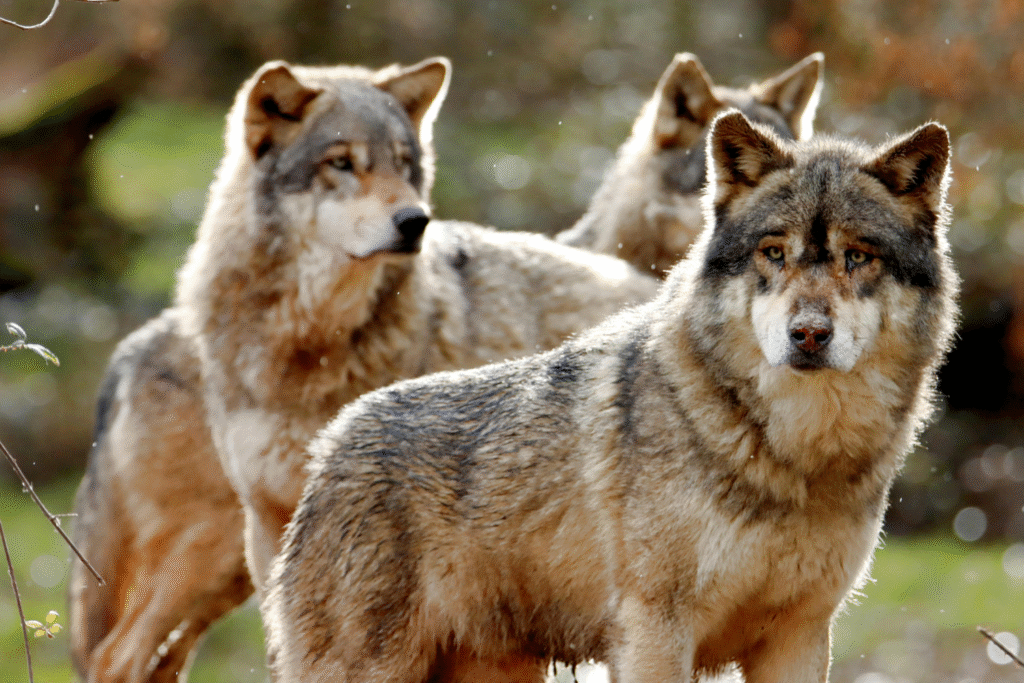
Wolves are adjusting to landscapes shaped by humans in ways that feel both unexpected and strangely intuitive. As forests shrink, roads expand and towns push deeper into former wilderness, wolves modify how they travel, socialize, hunt and even rest. Their world overlaps ours far more than it once did, and that overlap creates a new chapter in their story. Each shift they make connects quietly to the next, forming a narrative about survival, flexibility and a predator learning to live in our shadow without losing its wild identity.
1. They shift to being mostly active at night.

In regions where human activity is common wolves become increasingly nocturnal, moving and hunting during hours when people are least present. According to research from the Polish Academy of Sciences wolves increased nighttime activity more than fourfold in areas dominated by human disturbance. That transition helps them avoid unnecessary encounters while still maintaining access to hunting grounds. As their patterns change they reveal an instinctive ability to reorganize their routines around the pressures of human proximity without abandoning vital behaviours.
2. They rely more on trails and roads for efficient travel.
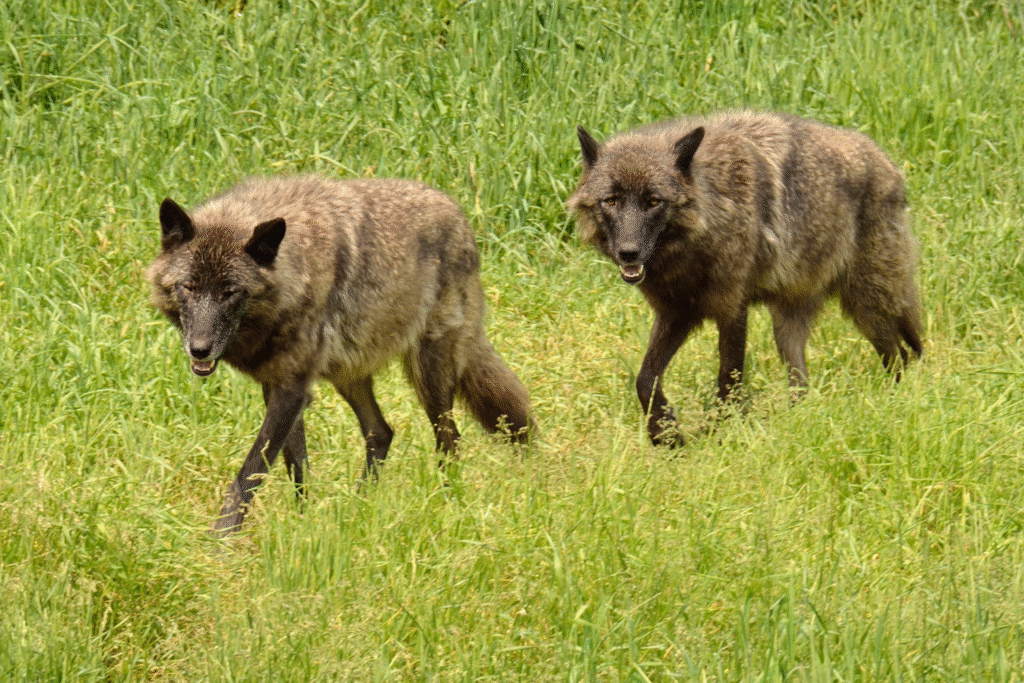
Wolves in human influenced landscapes often choose to move along old logging roads, snow packed trails or quiet service paths, taking advantage of the terrain’s easier navigation, as reported by studies in the Greater Yellowstone region. Using these routes cuts energy costs and speeds up travel between hunting areas or den sites. Even with these benefits wolves still vary their timing to avoid the busiest hours, creating a flexible blend of strategy and caution that helps them survive in shared spaces.
3. They change where and when they hunt around human activity.

Researchers studying wolf behaviour in Scandinavia found that wolves avoided making kills near heavily used trails during high daylight activity but sometimes hunted closer at night or when human presence dropped, as stated by the Norwegian Institute for Nature Research. This behaviour paints a picture of wolves reading the landscape almost the way we would read a room. Instead of fleeing from human influence entirely they weave their choices around us, adjusting the timing and placement of hunts to reduce risk while keeping access to essential prey.
4. They scavenge more from human linked food sources.

Some wolves now pick up scraps from livestock carcasses, neglected trash or unsecured food waste, especially in rural areas. This shift can supplement diet when wild prey is scarce, though it brings risk of conflict with ranchers or residents. These scavenging habits can become part of their learned behaviour, passing through the pack and shaping how young wolves perceive human environments as potential food landscapes. Over time scavenging influences their movement patterns and how boldly they approach inhabited edges.
5. They establish territories that overlap with human used land.
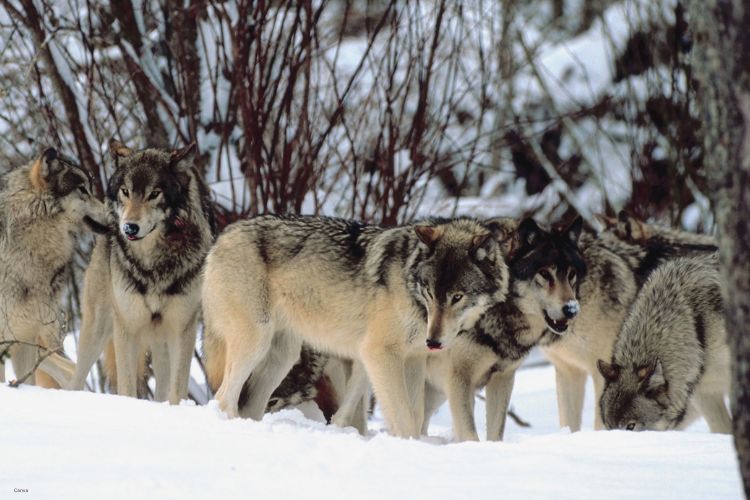
Territories once tucked in remote forests increasingly sit beside farms, ranches and road networks. Wolves adjust by spacing dens and travel routes along quieter edges where terrain offers cover. This overlap changes daily life: pups hear distant traffic, adults skirt fields at night and packs learn the rhythms of nearby towns. The arrangement is neither seamless nor simple, but it reveals how wolves carve out their own space even as human activity expands.
6. They grow more tolerant of predictable human presence.
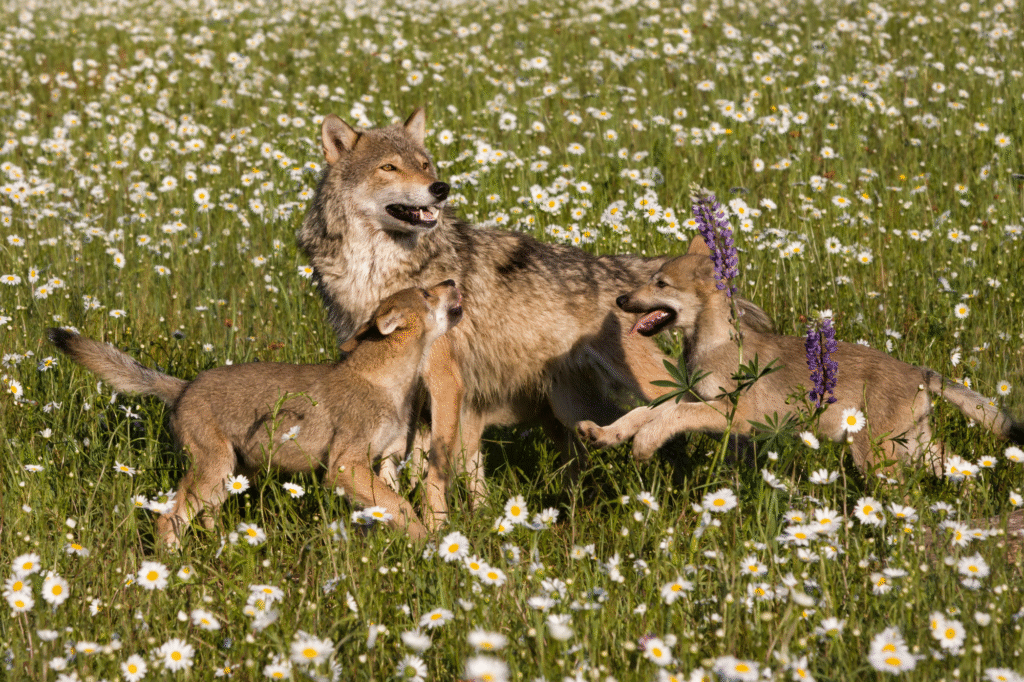
While wolves remain cautious, some become more accustomed to humans when human activity follows repeated patterns. In protected regions where people pass through in routine ways wolves may observe, wait and continue their activities once the disturbance fades. This tolerance is far from domestication, it is a behavioural adjustment that keeps wolves alert but not panicked. Their willingness to coexist in predictable conditions shapes how they persist in the long term.
7. They hide in dense refuges during the busiest parts of the day.

As daytime traffic, hikers and workers move through shared landscapes wolves retreat into thicker forests, rocky outcrops or low visibility cover. These refuges form safe resting zones where the pack can remain undetected. By dusk they emerge to travel, hunt or socialize. This adaptive rhythm gradually becomes part of the pack’s culture, a learned response passed through generations, blending instinct with the reality of living beside humans.
8. They adjust diet composition based on human impacted prey patterns.
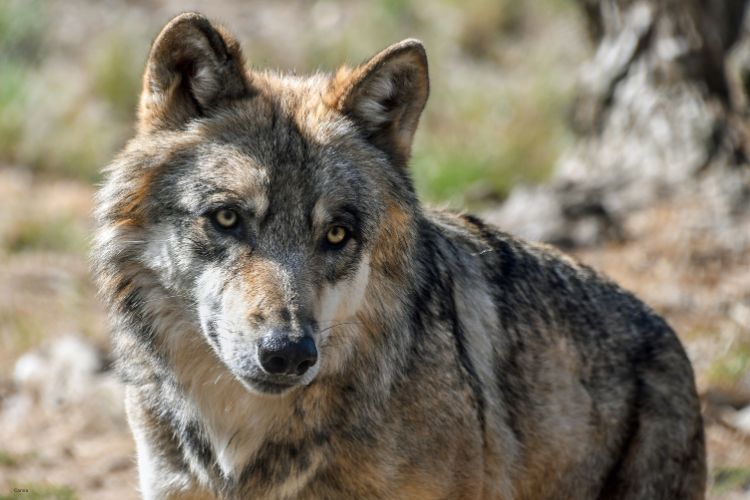
Changes in prey availability near settlements push wolves to modify what they eat. Some populations begin incorporating smaller mammals or scavenged items when large ungulates shift their ranges away from human noise. Others rely more on deer drawn to agricultural edges. Each adjustment reflects the wolves’ ability to follow the food, responding to environmental changes that human presence creates, and it subtly alters the entire ecosystem around them.
9. They form smaller or more fluid packs in disturbed areas.

Where prey is limited or habitat patchy, wolves sometimes maintain smaller packs that are easier to feed. Individuals may disperse more often, creating fluid social structures that differ from those in remote regions. These social shifts influence everything from hunting style to pup care. The more fragmented the landscape, the more adaptive wolf society becomes, showing how social behaviour bends around survival pressures.
10. They rest or den closer to edges of human development.
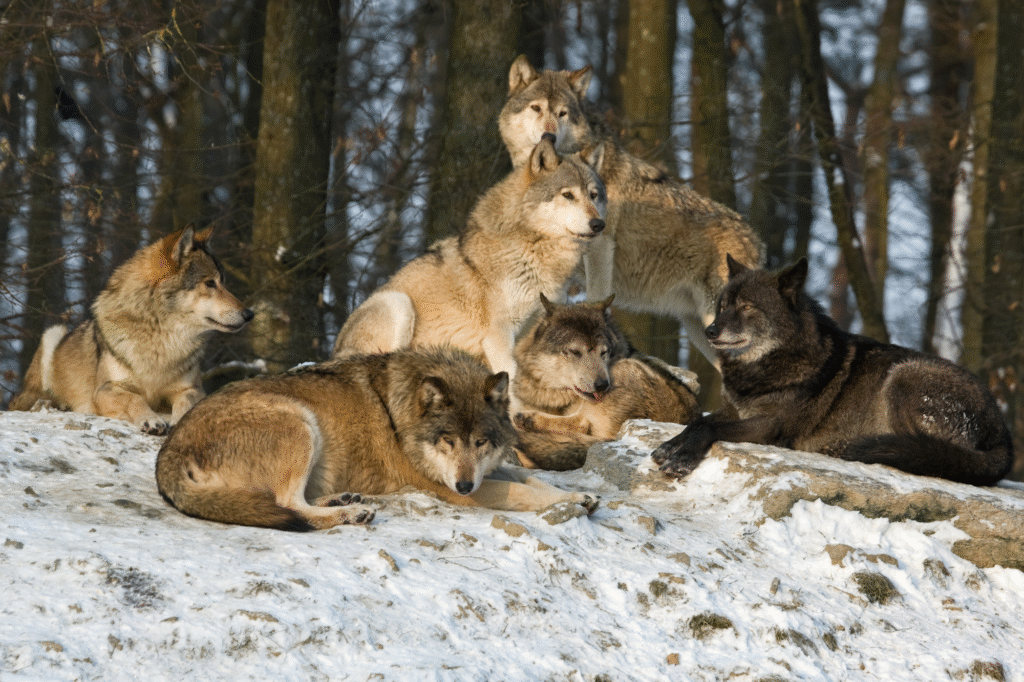
In some regions wolves have begun using quiet fringes near farmland or forest edge zones for resting or raising pups. These edges offer a tradeoff: fewer competing predators but more human noise and risk. Packs make calculated decisions about where to place dens based on terrain, access to water and proximity to prey. Their use of these in between spaces highlights a surprising resilience.
11. They shape human attitudes more directly as contact increases.
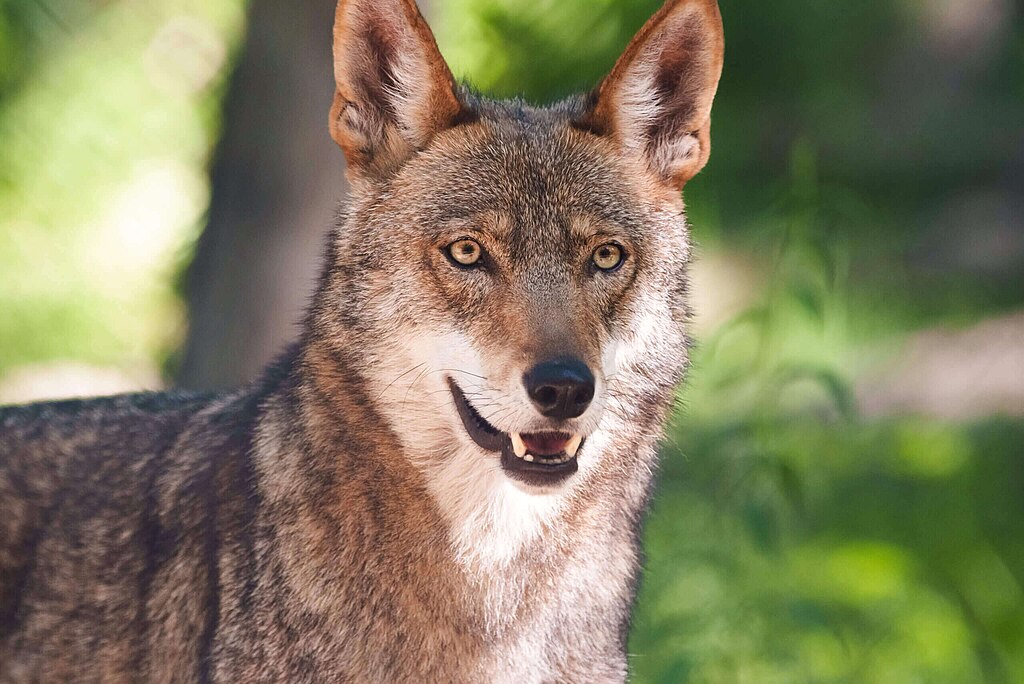
When wolves return to areas where they were absent for decades, people react strongly. Some welcome them, some worry about livestock or pets, and others shift their views based on experience. Studies show that long term wolf presence can influence local attitudes in complex ways. Wolves themselves are not just adapting to humans, humans are adjusting to wolves, creating a social feedback loop that affects policies and management.
12. They continue providing ecological balance even near human zones.
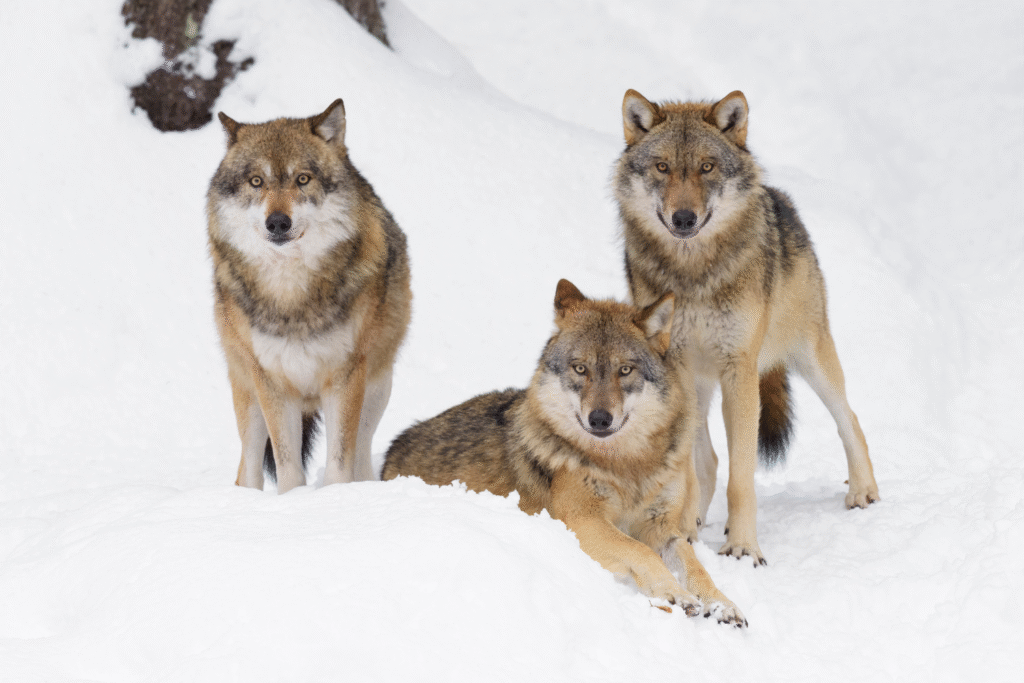
Predation from wolves affects deer behaviour, reduces overgrazing pressure and keeps surrounding plant communities healthier, even on the margins of towns and farms. These ecological effects ripple outward in ways many people never see. As wolves adapt to living near humans they still shape the land in their ancient role as top predators. Their continued presence reminds us that coexistence, while challenging, can strengthen ecosystems if handled with care and awareness.
